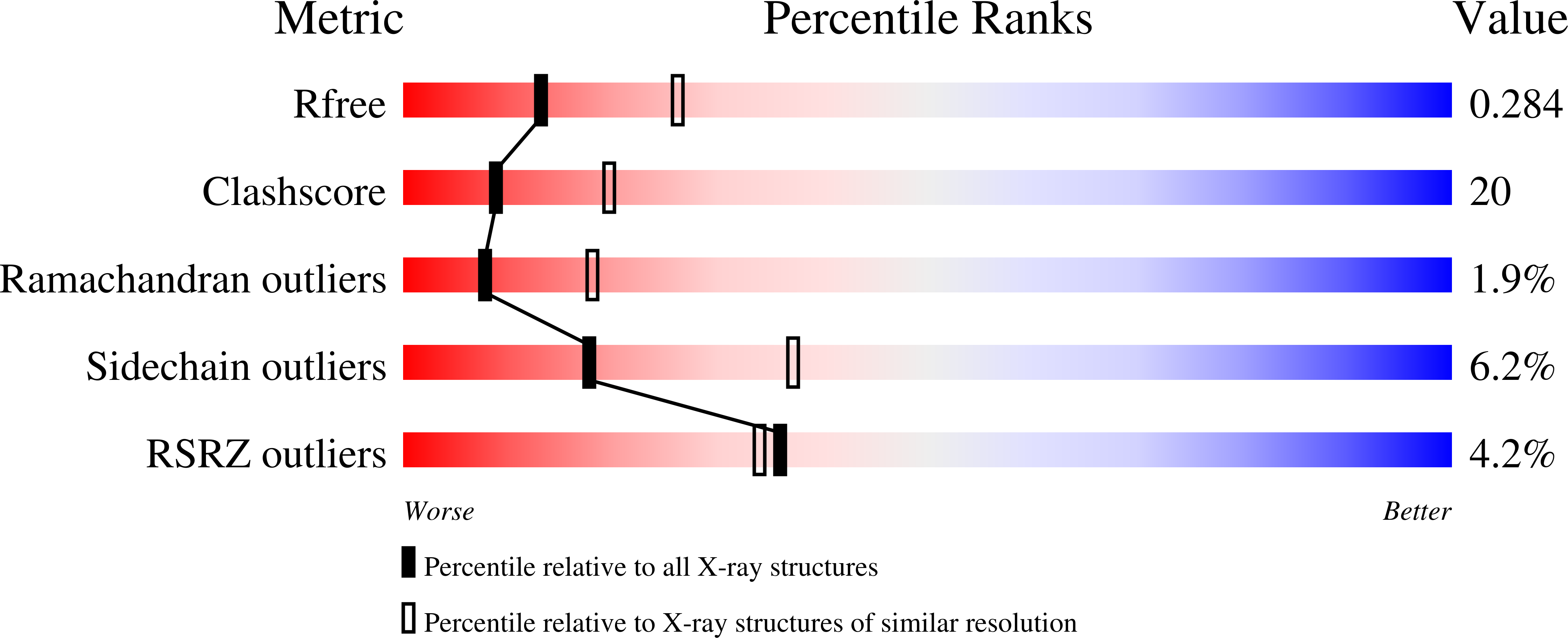
Deposition Date
2008-07-02
Release Date
2009-01-27
Last Version Date
2024-11-20
Method Details:
Experimental Method:
Resolution:
2.68 Å
R-Value Free:
0.28
R-Value Work:
0.22
R-Value Observed:
0.22
Space Group:
P 4 2 2


